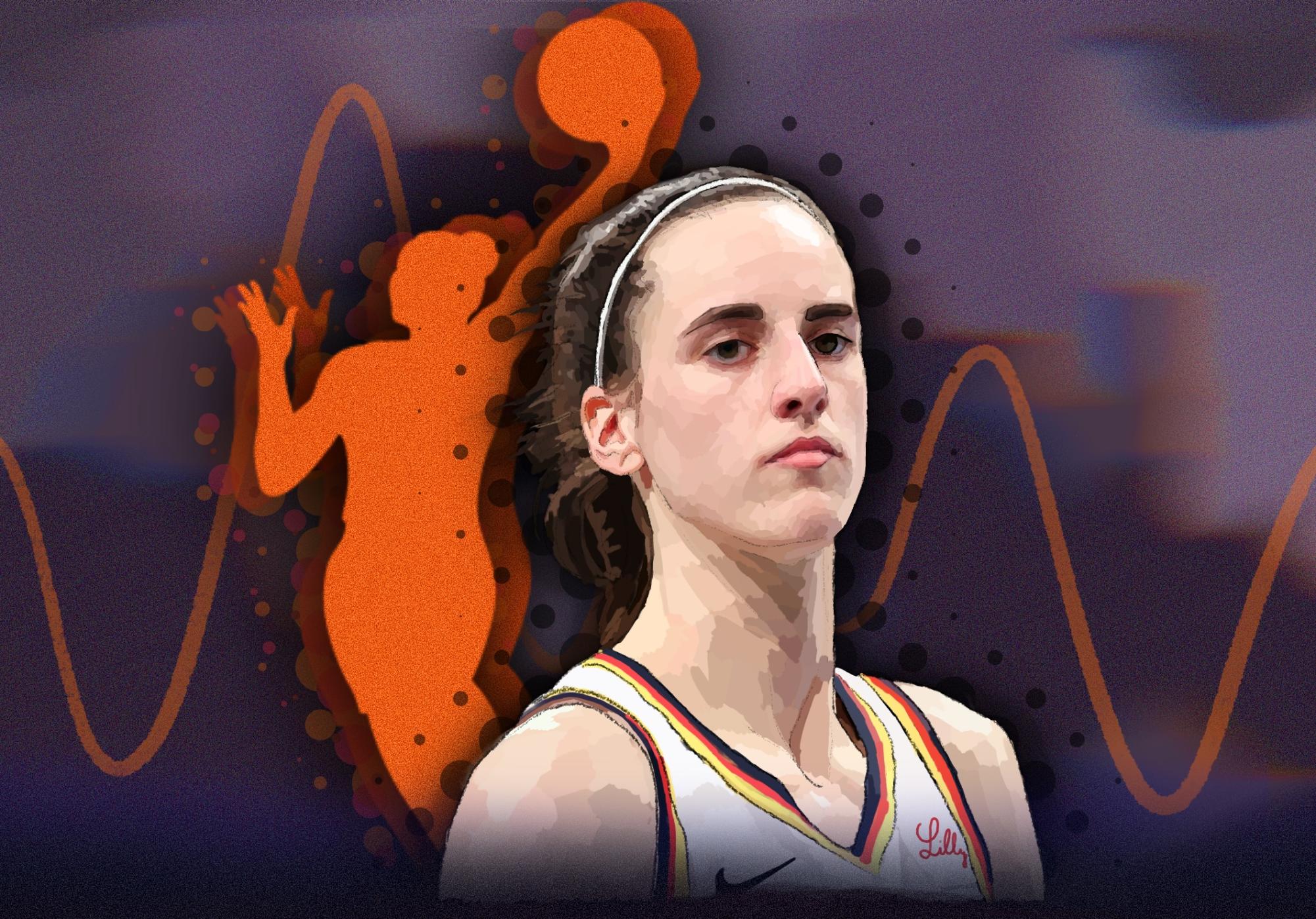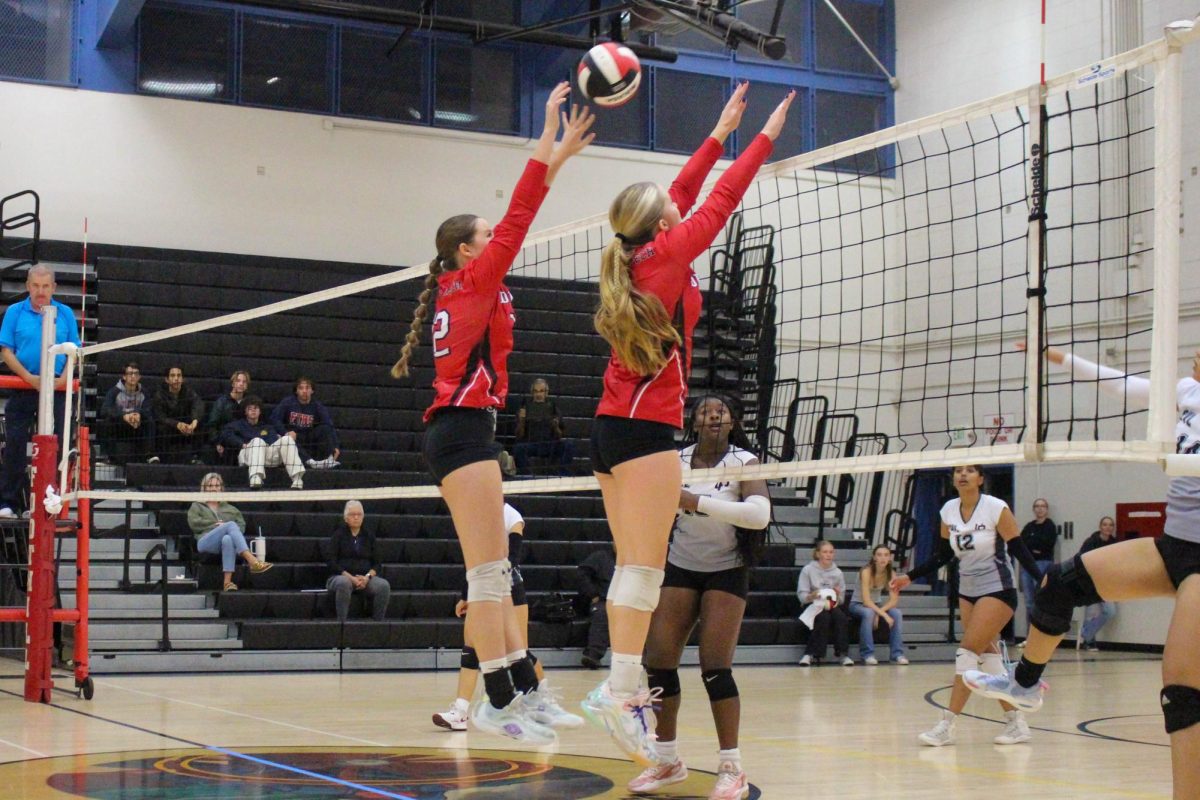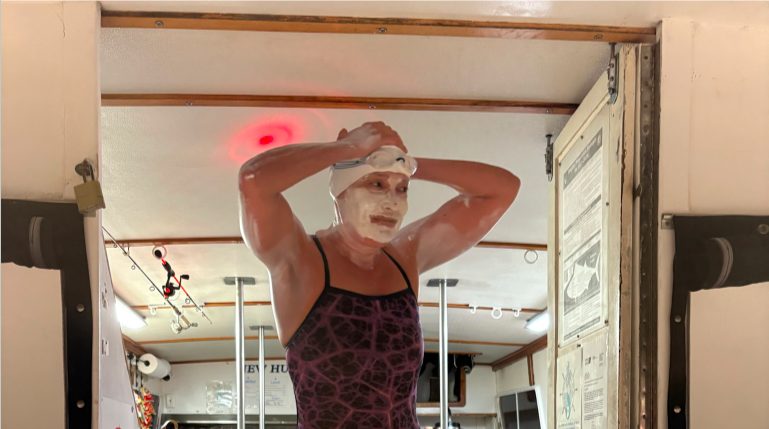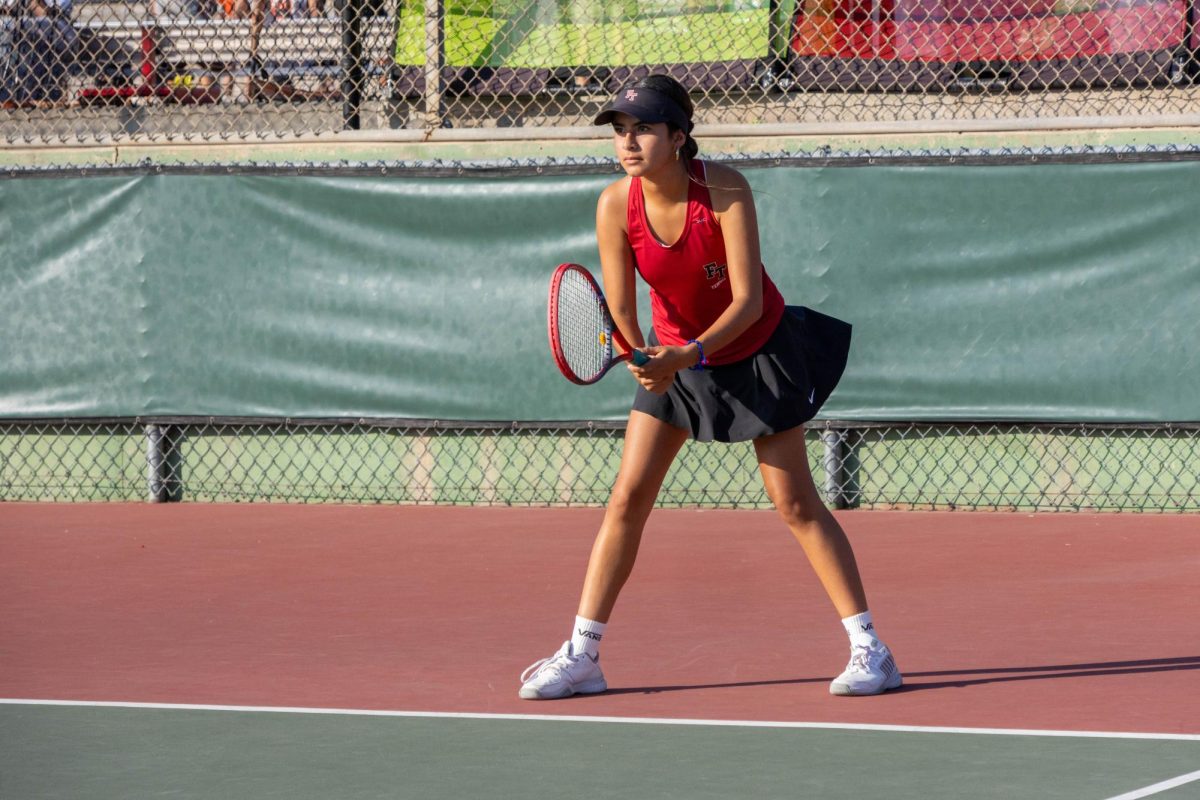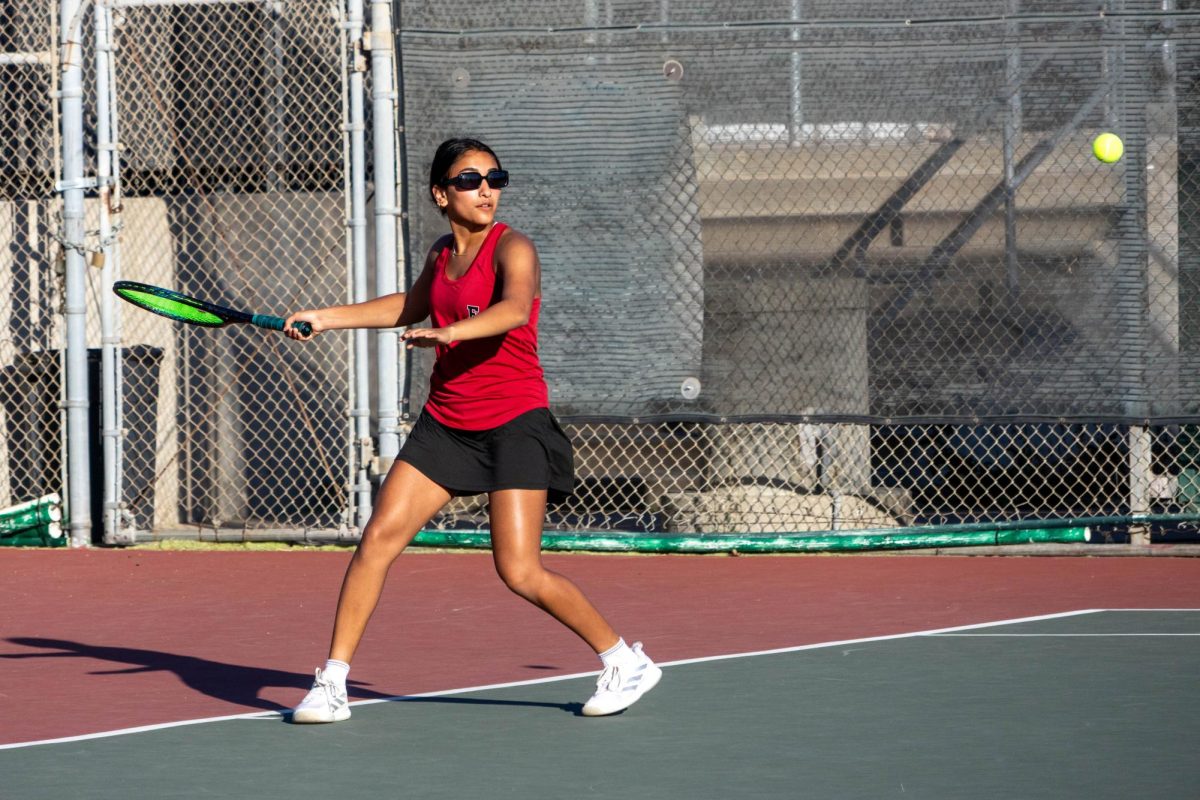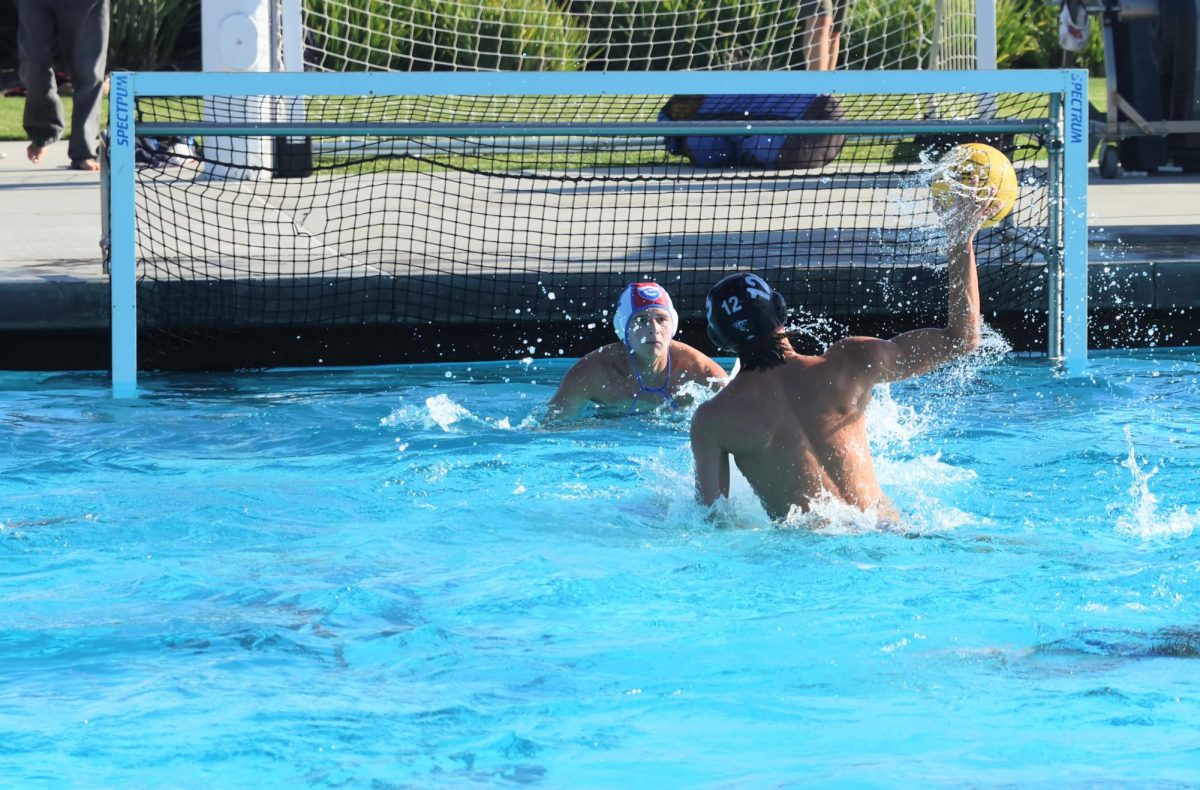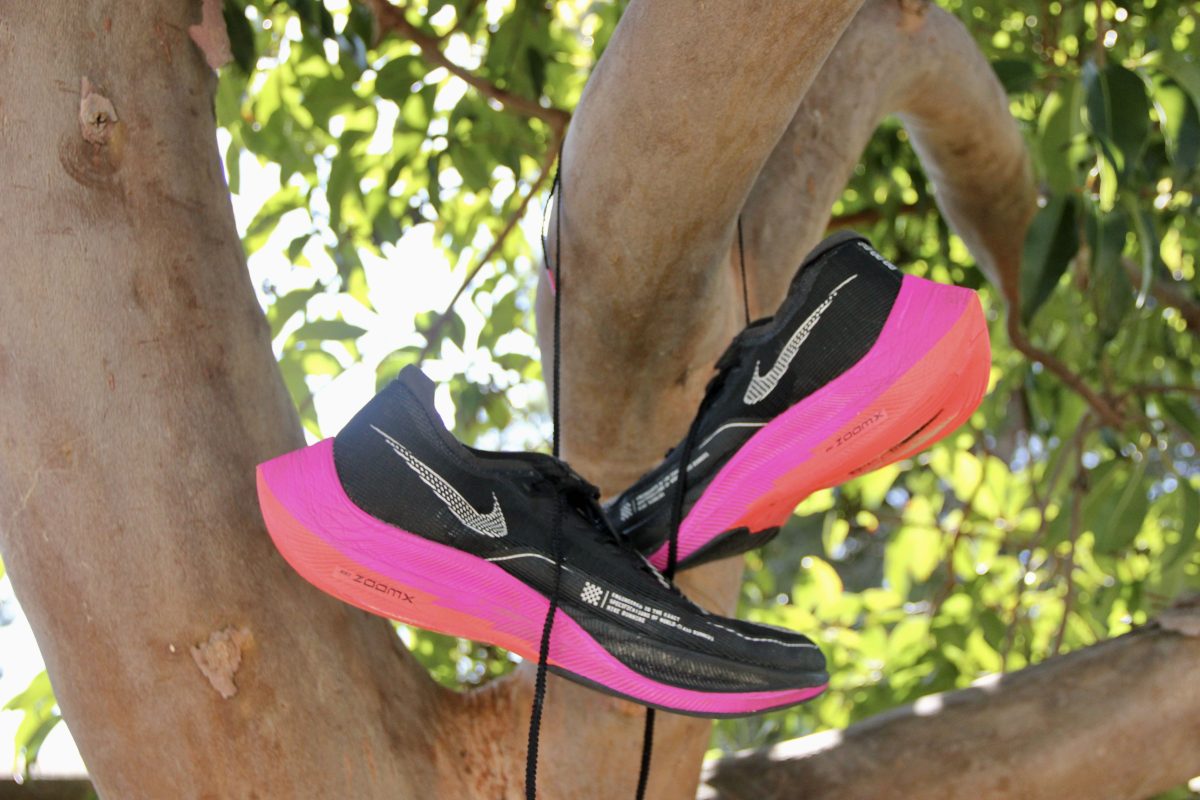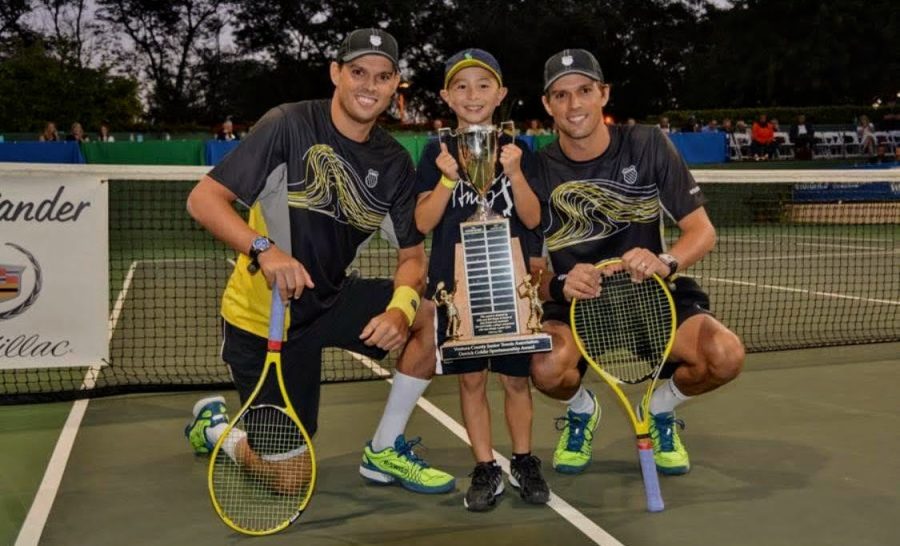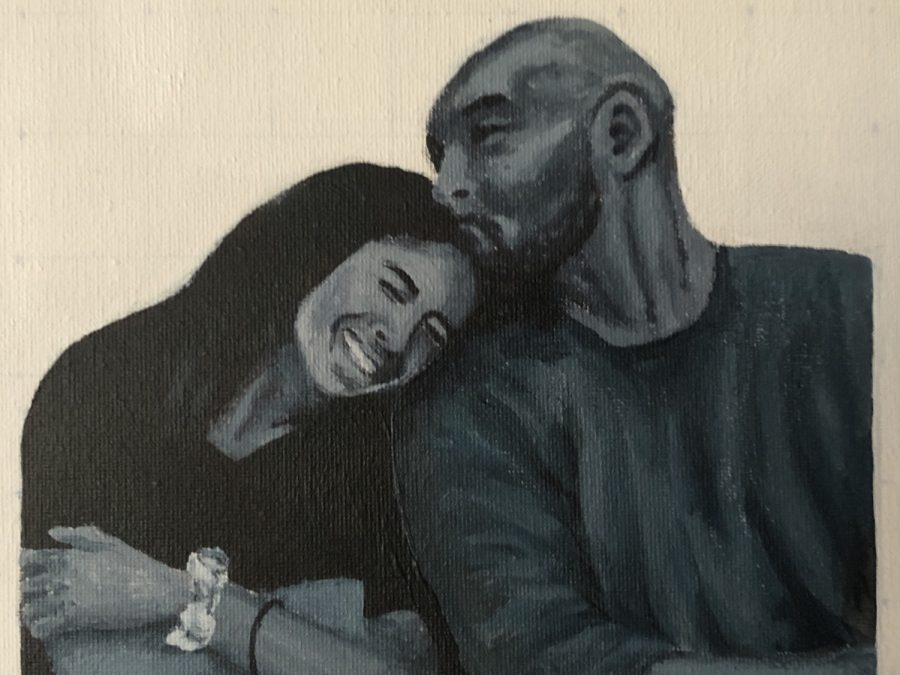In the 2024 Women’s National Basketball Association (WNBA) draft, all eyes were on Caitlin Clark. She was ultimately drafted as the number one overall pick by the Indiana Fever, and Clark quickly became a star, bringing national attention to the league after a tremendous National Collegiate Athletic Association (NCAA) run that placed her in the top standings. Clark then received the 2024 Rookie of the Year award, solidifying her talents as a WNBA athlete. With the 2025 season beginning with a bang, the big question remains … what’s next for Caitlin Clark?
Clark came out of the NCAA with one of the most accomplished careers to be seen. Across both men’s and women’s college basketball, Clark was named the all-time leading scorer, finishing with 3,951 points. She gained the title of all-time leading scorer in tournament history with 480 points, first in field goals made with 1,293 and first in 3-point field goals with 548 made.
But while Clark has proven herself to be a phenomenal player, some critics don’t necessarily believe that. As soon as Clark began making her way into the WNBA world and grew in her confidence with the Indiana Fever, she began receiving hate throughout the media. Some of these hate-filled comments were fueled by perceptions of sportsmanship, assumed privilege and, for some, racial bias.
After the 2024 WNBA season ended, the votes left some viewers and followers of the league surprised when Clark was not voted MVP (Most Valuable Player) of the year, taking fourth place, while A’ja Wilson took the top votes. Although Wilson’s victory was questioned, it did not come without countless efforts. During the 2024 season, Wilson became the first female to surpass the 1000-point mark in one season. Despite this, the controversy continued even as Clark received the Rookie of the Year award.
Sports podcaster Nick Wright spoke on the “blatant racism” aimed at Clark from WNBA fans that consumed what was supposed to be a historic WNBA season. In his video posted on Fox News, Wright compared the season to a rubber band, with tension being built by racist comments and poorly perceived sportsmanship. “[Clark is] a kid thrust into superstardom by her own athletic brilliance, and she is not accountable for the actions of her fans,” Wright said.
Another example of the controversial season was when WNBA player Angel Reese was pitted against Caitlin Clark in a dramaticized media scandal. In this event, Clark was called for a flagrant foul for hard contact with Reese. ESPN stated, “In the third quarter of Indiana’s 93-58 win over Chicago, Clark slapped at the ball after Reese grabbed an offensive rebound and had a clear path to the basket. Reese fell to the court, got back up and tried to confront Clark.”After Aliyah Boston of the Indiana Fever got between them, the referees called the foul. “Clark’s foul was upgraded to a flagrant 1, and Reese and Boston were assessed technical fouls.” This situation appeared to be blown up by the media, only adding to the already brewing controversy of Clark in the 2024 season.
Hateful comments then began to ensue, causing the WNBA to step in with the hopes of “providing a safe environment for all WNBA players.” In interviews from ESPN, the WNBA stated, “The WNBA is aware of reports of hateful comments at yesterday’s game in Indianapolis … Such behavior is unacceptable in our sport. Under the WNBA’s ‘No Space for Hate’ policy, we trust the league to thoroughly investigate and take swift, appropriate action.”
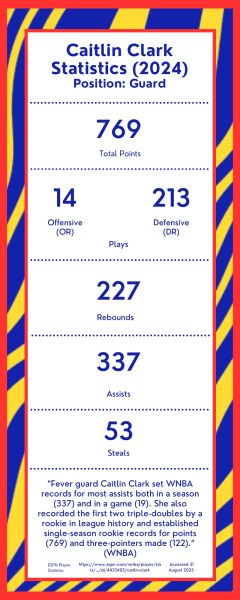
Despite the Reese-Clark media blast, both players discouraged the hateful comments, Reese saying, “[The referees] got it right. Move on,” in an ESPN article. Clark also stated in the same article that, “It was just a good play on the basketball … I’ve watched a lot of basketball in my life; that’s exactly what it was. I wasn’t trying to do anything malicious. That’s not the type of player I am.”
Politics podcaster Adrienne Ross stated, “Yes, there are great players in this league, but … even throwing the kitchen sink at Caitlin Clark [can’t stop her], and that turns their stomach. Not just players, not just coaches, but even the media.”
It was clear at the beginning of the 2025 season that despite the injuries she earned in off-season games during the winter, Clark had pushed herself athletically and mentally. “Clark herself acknowledged that adjusting to the physicality of the WNBA was the biggest hurdle in her rookie season, one that opponents exploited. This time around, she’s determined to flip the narrative. “Going into year two, I feel like I have experience in this league. I know what to expect. I know how training camp works … just having that experience of how things operate has provided me with a lot of confidence,” she said.” (The Guardian).
Unfortunately, Clark been cheering on the bench for the past “25 regular season games” according to ESPN mainly due to a right groin sprain as well as ankle and quad strains. “Last year’s Rookie of the Year and a 2024 first-team All-WNBA selection, Clark is averaging 16.5 points, 8.8 assists, 5.0 rebounds and 1.6 steals this season, appearing in 13 games.” (ESPN).
An even bigger upset to fans is as of Sept. 5 Clark has been benched for the season by the Indiana Fever. “Some of [the reasons Clark can’t compete are] physical, in terms of the rehab and all of that, and some of that is also endurance and being able to play at the level that it takes, build back that endurance enough to play, because all of these games right now are like playoff games (ESPN).
Despite her inability to play currently, what is now known as “The Clark Effect” has impacted the WNBA season as we know it. The BBC stated, “In 2024, the NCAA signed a TV contract with ESPN that values the women’s tournament at $65 million annually, more than 10 times the previous rate. Less than five years ago, it wasn’t even possible to watch every game of the women’s NCAA tournament on national broadcasts.” Even the WNBA stated that the 2024 season was record-breaking, explaining how “[the 2024 WNBA season] was the most-viewed regular season ever across ESPN platforms with an average of 1.19 million viewers, a 170% increase from last season,” (WNBA.com) — and it was no coincidence that as soon as Clark appeared on the Indiana Fever, it was a game necessary for any basketball fan to watch.
Whatever may come of the WNBA 2025 season, it is obvious that the precedent has changed, many of them due to Clark: the viewing of the WNBA channel has increased, there have been multiple topics of controversy and a cultural shift has occurred since 2023. Despite recent injuries, Clark still has a long basketball career ahead of her. The direction of Clark’s future is still uncertain to most, but the past reflects these future possibilities, making future seasons bright for Clark, the Indiana Fever and Women’s Basketball as a whole.

